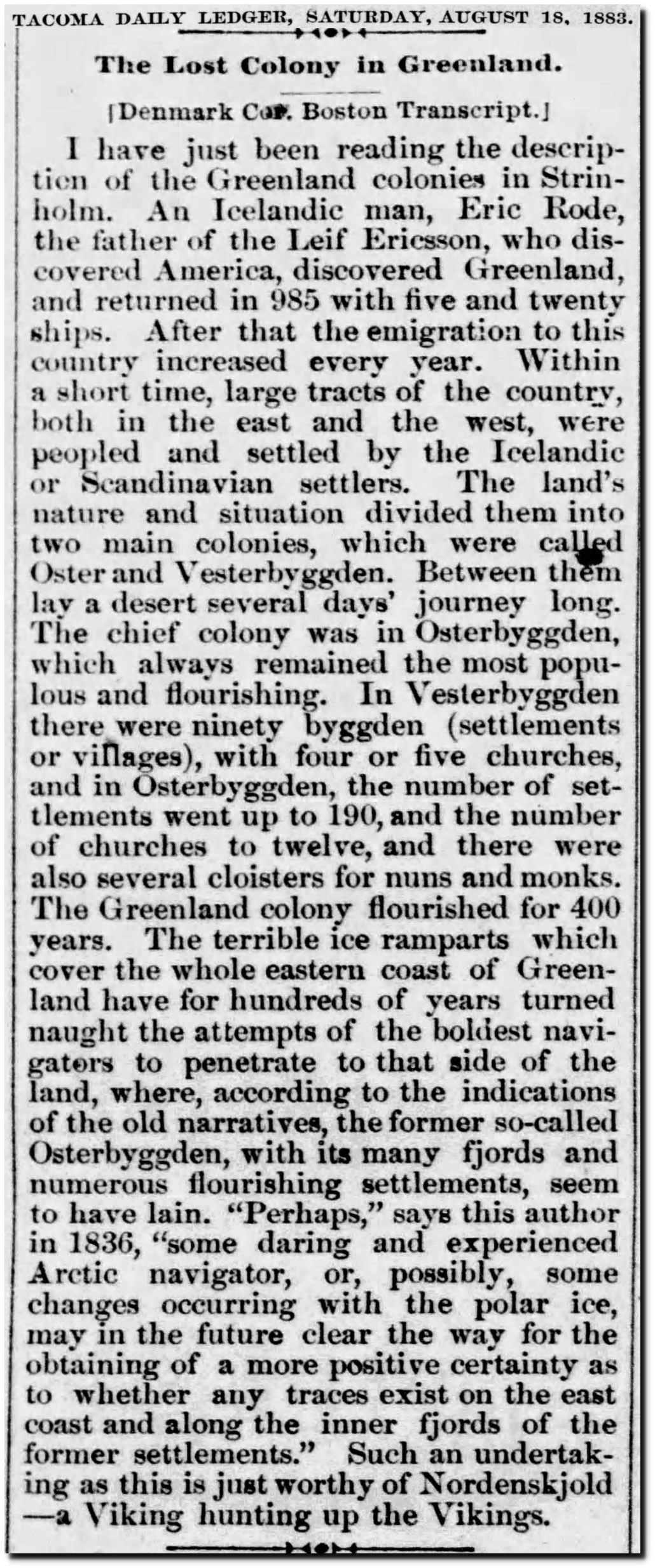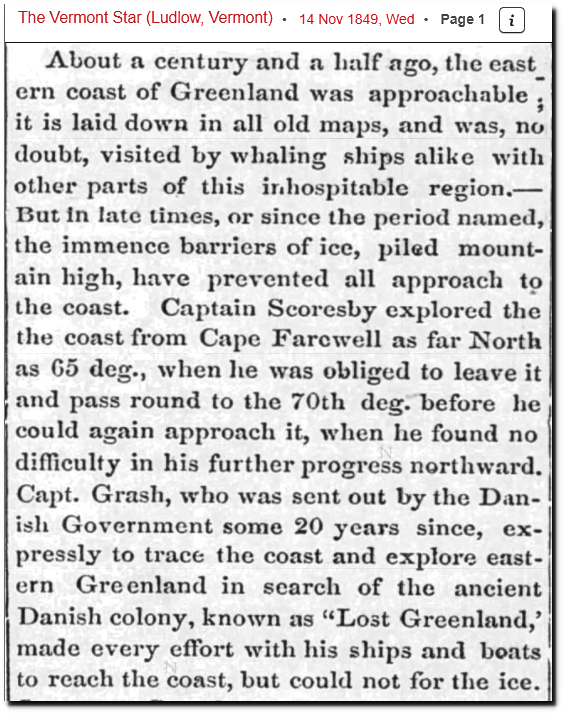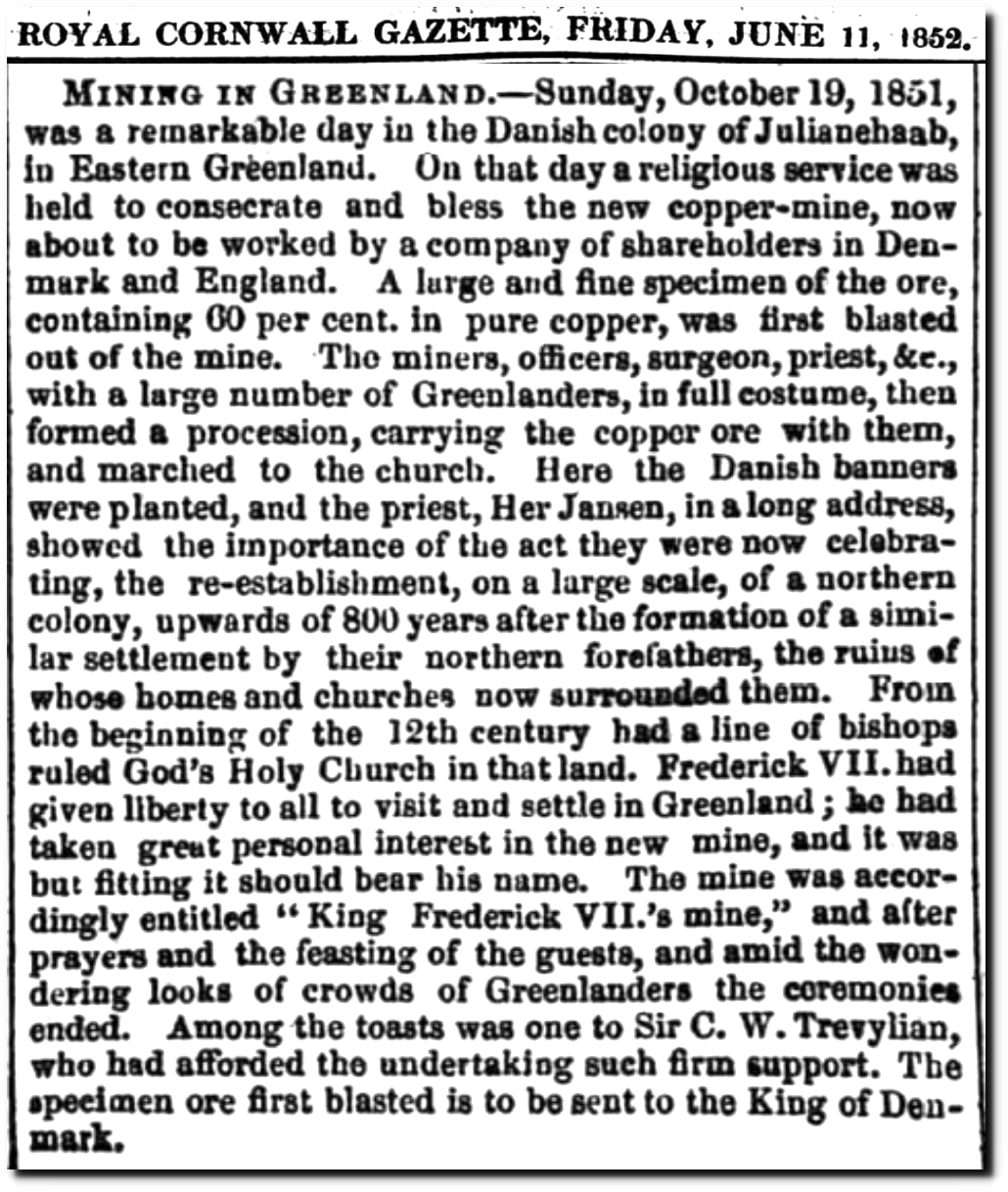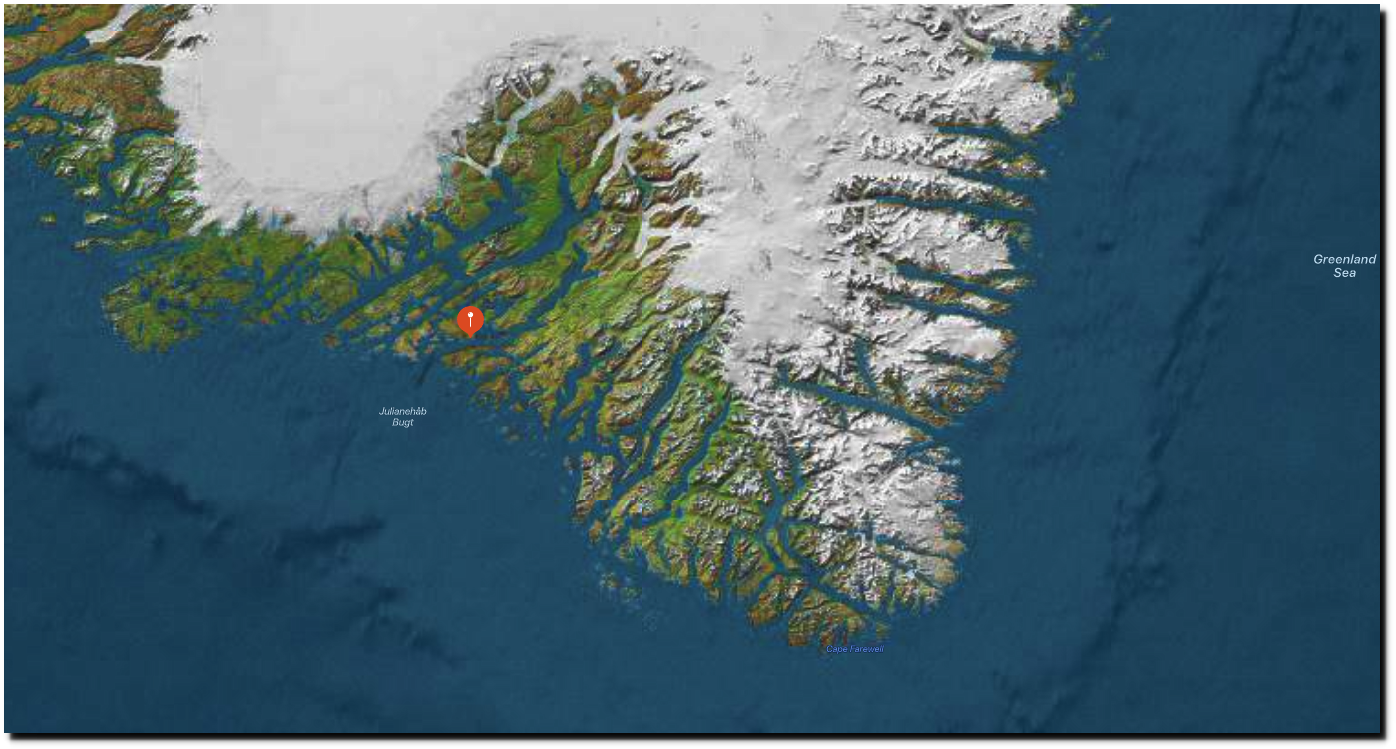“Change in the climate of Great Britain.
” That for several centuries past, the climate of England has undergone a very material change for the worst, appears demonstrated by the most irresistible evidence ; nor can there indeed be a doubt that the springs are now later, and the summers shorter, and that those seasons are colder and more humid than they were in the youthful days of many persons; and those not very aged, who are now alive. We learn front our old chronicles, that the grape has formerly been cultivated in England, for the manufacture of wine, but we now know that even with much ewe and attention it can scarcely be brought to I ripen a scanty crop under walls exposed to the sun, sheltered from cold wind, and in every respect in the most favorable aspect ; and it would be folly to attempt its growth in the method of a vineyard, as a standard. Of this real luxury of more genial climes, we have so long been deprived, that we trouble ourselves little about those golden days when Bacchus smiled upon our hills. But what may be considered as coming more home to the business and bosoms of the present generation is. that ‘ Pomona is about to desert our orchards, and that on ground where the clustering vine once flourished, the apple has of late years scarcely ripened. indeed we are informed upon good authority, that it is now sixteen years since the orchards have afforded a plentiful crop. It is really melancholy to think that at no very remote period cur posterity may in all probability le in the same situation in regard to cyder, that we are now placed in, in respect to wine; when the apple tree, like the vine, will only afford a penurious supply of sour fruits, and will to cultivated in foreign houses to supply the tables of the rich.” It is demonstrable, that in the northern parts of our hemisphere the mean annual temperature is on the decline, and on recurring to the accounts of modern travelers. it appears that in the mountainous puts of Europe, the accumulation of ice and snow is very sensibly increasing. This is perhaps particularly the case, and easily observable, in the vicinity of Mont Blanc ; and the Glaciers which, descending from the summits of that and the ad-joining peaks, invade the adjacent valley of Chamouney. are making such progress as to threaten at no very remote period, to render the heart of that district inaccesible to the traveler. In a recent number of the • Bibliotheque de Sciences et des Arts,’ Professor Pictect, informs . that the Glacier des Bossons has very lately advanced fifty feet, much to the dismay of the neighbouring villagers. But if we resort to more northern climes we shall find yet ‘ more alarming evidence of the great increase of snow and ice, and of this, the history of Greenland furnishes per-haps the most remarkable facts upon record. We know Jilin this country, which was probably first poepled by Europeans from Iceland, received its name from its verdant appearance, and that the original colony continued to prosper, and to carry on an extensive commerce with Norway, until the beginning of the 15th century, since which period all communication with East Greenland has ceased, and what was once known respecting it is almost buried in oblivion. Since that period too, the east coast of Greenland, which once was perfectly accessible, ha:, become blockaded by an immense collection of ice, so that till within these few months no vessels could approach near enough. even to see land in that direction.”
“From this and other evidence which might be adduced, it is clear that the quantity of ice in the northern regions has undergone a very considerable and even rapid increase. and we are of opinion that this circumstance is sufficient to account fur that deterioration of our climate which we set out with deploring. and which, if the same causes continue to act, is equally threatening to our at present more fortunate neighbours upon the continent of Europe.”
18 Aug 1883, 3 – The Tacoma Daily Ledger at Newspapers.com
“About a century and a half ago, the cast ern coast of Greenland was approachable . it is laid down in all old maps, and was, no doubt, visited by whaling ships alike with other parts of this inhospitable region. But in late times, or since the period named, the immence barriers of ice, piled mountain high, have prevented all approach to the coast. Captain Scoresby explored the the coast from Cape Farewell as far North as 65 deg., when he was obliged to leave it and pass round to the 70th deg. before he could again approach it, when he found no difficulty in his further progress northward. Capt. Grash, who was sent out by the Danish Government some 20 years since, expressly to trace the coast and explore east-ern Greenland in search of the ancient Danish colony, known as “Lost Greenland,’ made every effort with his ships and boats to reach the coast, but could not for the ice.”
14 Nov 1849, 1 – The Vermont Star at Newspapers.com
That was actually on the west coast of Greenland.






